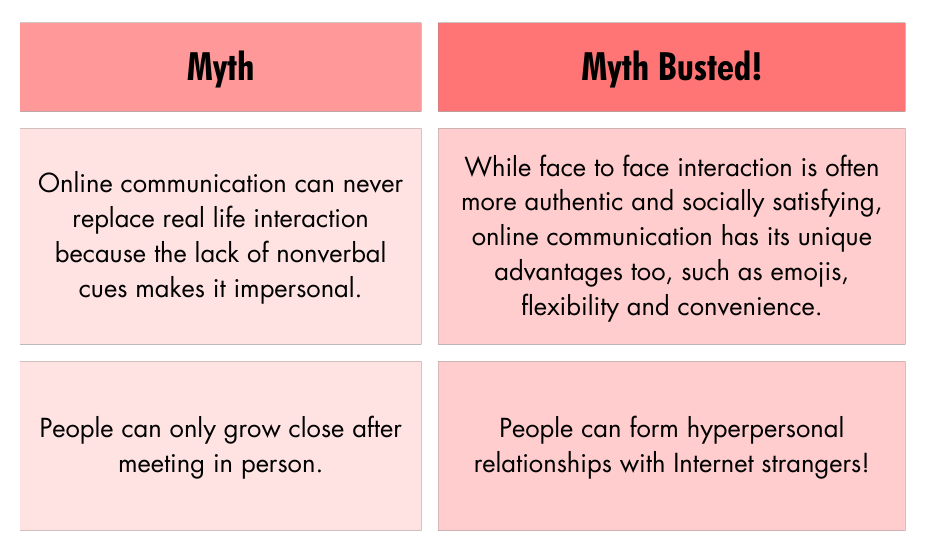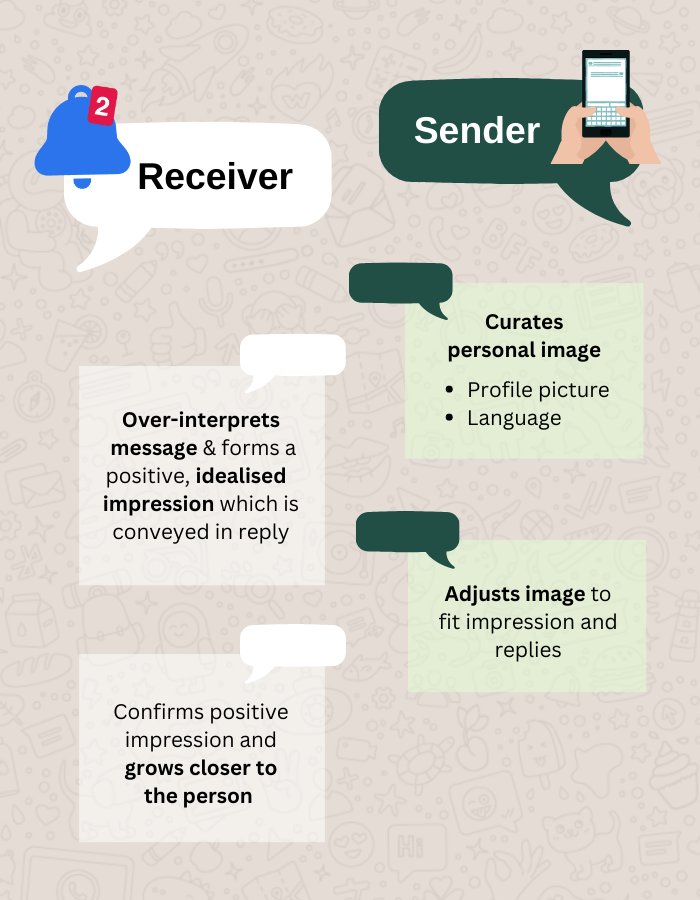(Reader mode is recommended for optimal viewing on mobile devices.)
It was a chilling moment when Mdm Kwek discovered that her 13-year-old daughter, Celestine, was talking to an online groomer. Celestine’s lady 'friend' had somehow twisted his way into her daughter’s confidence and convinced her to willingly share sensitive personal details.
While encounters with online strangers might at times be romanticised in modern dramas such as K-drama Twenty Five Twenty One, it is important to understand how dire the situation might become if things go awry in real life.
- In the drama Twenty Five Twenty One, the protagonist Na Hui-do is unaware of her online best friend’s real identity but this does not stop her from pouring her heart out online. Photo: Koreaboo
Case Study
In 2020, 13-year-old Celestine started talking to a woman named Carolana on Minecraft. They connected really well, and Celestine felt that Carolana truly understood her. Carolana always seemed supportive with messages such as “You can always tell me anything if it helps ok.” Within two weeks, they exchanged personal information such as real name, age, and family photos.
One day, Celestine’s mother Mdm Kwek read these exchanges and came to a horrifying realisation.
Carolana was actually a man and Celestine was being groomed. Read more here.
Unfortunately, there are several other adolescents in Singapore who are in similar situations as Celestine. According to a report by DQ Institute released in the same year, roughly one in five Singaporean adolescents have experienced risky online contact, such as offline meetings with strangers or sexual contacts.
So why exactly are online-cultivated relationships so appealing?
First, let’s examine some myths about online communication and why they are not valid:
- Myths Busted: Online Communication
Misunderstandings of online communication could make us vulnerable to the threat of online stranger danger. It is hence important for us to acknowledge the power of the written word and online communication. Once we shed these dangerous assumptions, the next step is to understand exactly how close online friendships can happen.
One way to do so is through the Hyperpersonal Model of Computer Mediated Communication.
Hyperpersonal Model (Walther, 1996, 2021)
- Graphical illustration of the hyperpersonal model of computer mediated communication. Walther originally proposed the model in 1996 and revisited it in 2021. Photo: Media Literacy School.
The core idea of the model is that digital features and limitations can promote personal intimate connections. Such connections, termed ‘hyperpersonal relationships’, form due to the absence of nonverbal cues and the asynchronous (not occurring at the same time) nature of online communication. Let’s return to the example of Celestine and the online groomer ‘Carolana’.
Behind the screen
Unbeknownst to Celestine, ‘Carolana’ has been carefully managing his image. He has time – online communication follows a different clock and rhythm from real life. His words need not match his true feelings as his facial expressions are hidden. For example, he can appear more sympathetic online than he would otherwise face to face. The ability to edit messages allows ‘Carolana’ to say the right words at the right time. Statements like “You are like me and I know you would never mean to hurt upset anyone unless they upset you” are especially powerful since Celestine was seeking emotional support.
On the other end, Celestine makes decisions based on what is presented. In the absence of nonverbal cues, she tends to overinterpret message content and style when making judgements of personality and trustworthiness. The interpretations tend to be positive (and no wonder, given how much effort ‘Carolana’ spent curating his message!).
This idealised image is unconsciously conveyed when Celestine replies to ‘Carolana’. This leads ‘Carolana’ to adjust his online image accordingly which then reinforces Celestine’s initial impression. This creates a self-fulfilling prophecy that repeats itself until the day when the ‘Carolana’ became Celestine’s most trusted confidante – even though they have never met before.
Conclusion
It is time for us to stop burying our heads in the sand and instead, fully acknowledge the draw of online communication. As digitalisation continues unabated, it is more important than ever to know who your child is talking to online. These individuals are not just passing or peripheral influences on your child. On the contrary, they might grow too close for both you and your child's comfort. Therefore, always remember: Online stranger danger is real!
References
Walther, J. B., & Whitty, M. T. (2021). Language, Psychology, and New Media: The Hyperpersonal Model of Mediated Communication at Twenty-Five Years. Journal of Language and Social Psychology, 40(1), 120–135. https://doi.org/10.1177/0261927X20967703
This article is written by our intern, Yong Han, who conducts research & development for Media Literacy School.




